Rollers in Soil Compaction: Pros and Cons [Alternatives]
Compaction is the packaging of material into a denser structure by application of external compression force. It is an important step in the construction process as it gives material the right density and structural integrity to sustain design loads. In road construction, it stabilizes the material layers to prevent settling and cracking when subjected to traffic loads and temperature variations. Stabilization of foundation soils through compaction guarantees structural integrity in building construction. Compaction is done by various means; manual methods and mechanized processes such as compactors. There are three main types of compactors; rammer compactors, plate compactors, and roller compactors, each suitable for specific site conditions and project requirements.
While the end goal is achieving required density and material stability, compaction is done by varied equipment depending on project requirements. Selecting the right compactor for a project plays a critical role in the final results. For instance, roller compactors are efficient in large-scale projects that require deep compaction while plate and rammer compactors perform nest in confined areas with less required compaction depth. Choosing the right compactor saves on project costs and reduces time taken to complete the compaction.
In this post, we look at the effectiveness of roller compactors in soil compaction. The article outlines various types and modifications of roller compactors for adaptability and to different soil properties. Additionally, it explores the merits and demerits of using the types of roller compactors in construction projects.
Contents
Types of Soil Compactors
A. Different Types of Soil Compactors
Rollers
Rollers are medium to heavy weight construction equipment used in the compaction process. They involve a heavy cylindrical steel drum mounted on a frame and attached to a chassis. The chassis holds an engine that provides power to move the weighted drum. Depending on the size and model, an operators’ cabin could be mounted on the chassis as well; providing a safe space for the operator and controls.
Rollers are driven over material; which they compact due to the weight pf the drum.
Plate compactors
Unlike rollers, plate compactors are light to medium weight compaction equipment. They are characterized by a heavy steel plate mounted at the bottom of an engine. When powered, the steel plate undergoes a rapid vertical movement to exert compaction force on the material.
Plate compactors are handheld; making them unsuitable for large-scale projects. Their compact sizes make them ideal for compaction in confined areas and tricky terrains.
Vibratory compactors
Vibratory compactors are diverse. They range from small to heavy weight classes. They are rollers or plate compactors fitted with a vibration mechanism. Vibratory rollers offer deeper compaction than static rollers.
The vibrations coupled with the plate and drum weights eliminate air voids faster reducing the number of passes needed to achieve required densities.
Pneumatic compactors
Pneumatic rollers rely on compressed air to exert compaction. Their kneading effect is essential for providing a smooth finish on compacted surfaces. Pneumatic roller compactors rely on their weight to exert compaction force.
Air-filled rubber tires act as the contact with the material under compaction ensuring a consistently smooth surface.
B. The Main Subject of The Post
Despite the presence of other compactors on the market, rollers are the most popular. Their versatility in different materials and terrain makes it easy to use them. Additionally, their size ensures wider coverage per pass; this reduces the overall cost of compaction since fuel and labor expenses are cut down. There are several types of rollers, these include static rollers, vibratory rollers, padfoot rollers, grid rollers, and pneumatic rollers.
How Rollers Work
A. Roller mechanics
Roller compactors employ heavy, cylindrical steel rollers with various patterns. These rollers apply substantial downward pressure while moving forward, effectively compressing and smoothing materials like soil, gravel, or asphalt. The rollers’ weight, shape, and often, vibration or oscillation contribute to achieving a dense and stable surface for construction projects.
B. Weight and Drum Design in Compaction
The weight of a compactor provides the necessary force to compress the material effectively. Greater weight results in higher compaction efficiency. The drum design, including its size, shape, and patterns, influences how the material is compacted. Smooth drums are ideal for asphalt, while sheepsfoot or padfoot drums with protrusions work well for cohesive soils. These design elements impact the depth and uniformity of compaction, ensuring the desired density and stability for construction projects.
C. Advantages of Rollers in Soil Compaction
Rollers play a critical role in achieving efficient soil compaction. The uniformity of the drum’s weight and surface ensures a consistent surface and even compaction throughout the site. The drum size allows coverage of a significantly larger area with a single pass, this reduces fuel costs and shortens time spent on a project. Roller compactors are applicable in various soils due to their versatility; vibratory rollers could be used as static rollers when the vibration mechanism is turned off. Drum modifications such as pads and grids allow deep compaction with less passes lowering the fuel expenses for a project.
Factors Influencing Soil Compaction
A. Soil types
Different soils have varying compaction characteristics, with granular soils like sand requiring less effort compared to cohesive soils like clay.
B. Moisture content
The right moisture level is essential; too much can reduce compaction efficiency, while too little results in inadequate soil cohesion.
C. Compaction specifications
Project-specific requirements and standards dictate the compaction methods and targets to achieve.
D. Project requirements
The type of structure being built influences the needed soil compaction level. Heavy structures such as high-rise buildings require deeper compaction to attain the needed bearing capacity. Highways require deeper compaction to sustain traffic loads and endure harsh weather conditions.
E. Environmental considerations
Minimizing soil disturbance and erosion is important to preserve the environment and comply with regulations.
Advantages of Using Rollers for Soil Compaction
A. High compaction efficiency
Rollers are the most effective compaction method for medium to large scale projects. The uniformly distributed weight of the drum ensures even compaction throughout the surface. Overlapping passes ensure all parts of the site have been compacted to required standards. The weight and vibrations of roller compactors ensure deep compaction whenever needed.
B. Versatility in various soil types
Whether dealing with granular soils, cohesive soils, or mixed soil compositions, rollers can adapt to the specific requirements. Different drum designs and vibration options allow rollers to excel in varying soil conditions, making them a valuable tool for construction projects where soil types can vary within a single site.
C. Suitable for larger areas
Roller drum size and weight enable them to cover more ground with each pass. This is advantageous in projects that involve extensive land preparation, such as road construction or airport runways. The ability to cover larger areas in less time helps reduce project timelines and labor costs.
D. Cost-effectiveness
Rollers’ efficiency reduces the amount of time and labor required for compaction. Additionally, their ability to achieve the desired compaction density ensures that the soil is adequately prepared for construction, reducing the risk of future issues and costly repairs. This long-term cost savings makes rollers a financially sound choice for soil compaction in construction projects.
Limitations of Using Rollers for Soil Compaction
A. Ineffectiveness in highly cohesive soils
Rollers may struggle to achieve effective compaction in extremely cohesive soils, like heavy clays, due to the strong inter-particle bonding. In such cases, alternative methods or soil stabilizers may be needed to improve compaction.
B. Limited maneuverability
Rollers, especially large ones, have limited maneuverability in tight spaces or areas with obstacles. This can make them unsuitable for projects that require compaction in confined or intricate spaces, necessitating smaller equipment or hand tools.
C. Unsuitable for small or confined spaces
Rollers are less practical in small or confined areas, such as residential backyards or narrow alleyways. Their size and turning radius may hinder accessibility and compaction effectiveness. Smaller, more agile equipment may be preferred in such situations.
D. Potential environmental impact
The operation of rollers can have environmental implications, including soil disturbance, emissions, and noise pollution. This impact can be a concern, especially in environmentally sensitive areas.
Considerations for Roller Selection
A. Soil analysis and testing
Before selecting a roller, it’s essential to conduct a thorough soil analysis and testing to understand the specific soil properties, such as type, compaction characteristics, and moisture content. This information helps determine the appropriate roller type, drum design, and compaction specifications needed for the project to achieve optimal compaction efficiency.
B. Project scale and requirements
The scale and requirements of the project, such as the size of the area to be compacted, the desired compaction density, and the type of construction, significantly influence roller selection. Large-scale projects, like road construction, typically require heavier and more powerful rollers, while smaller projects may benefit from smaller, more maneuverable rollers.
C. Environmental regulations
Compliance with environmental regulations is critical. Some regions have strict regulations regarding emissions, noise levels, and soil disturbance. Choosing rollers that meet or exceed these regulations is important to avoid environmental violations and reduce the project’s impact on the surrounding environment.
D. Budget constraints
Different rollers vary in terms of cost, maintenance, and fuel consumption. It’s important to balance the desired roller features with the available budget to ensure cost-effective compaction while meeting project requirements and quality standards.
Case Studies and Examples
A. Where rollers were used effectively
The construction of a mountain road in a challenging, hilly terrain in Las Vegas.
B. Challenges faced & Lessons learned
1. Challenges faced
- Steep gradients and uneven surfaces posed a compaction challenge.
- Limited access and narrow pathways restricted the use of larger rollers.
- The need to prevent soil erosion and minimize environmental impact.
2. Lessons learned
- Smaller, more maneuverable rollers were effective in navigating the tight spaces and uneven terrain.
- Using environmentally friendly, emission-compliant rollers helped meet environmental regulations.
- Proper soil analysis and compaction testing were crucial to ensure road stability on the steep slopes.
Alternatives to Rollers
A. Other soil compaction equipment
Vibratory Plate Compactors
These handheld or walk-behind compactors are suitable for smaller-scale projects, like landscaping or trench compaction. They have a steel plate mounted at the base of an engine; it vibrates at a high frequency generating a vertical compaction force.
Tamping Rammers
These handheld piece of equipment are used for compacting granular soils and are often employed in road repair or utility installations. Tamping rammers comprise of a foot or pad made from strong material and attached to a piston. The piston is moves up and down at a controllable frequency when the engine is powered generating a tamping effect on the material.
B. When and why to consider alternatives
- Working in confined or small spaces where large rollers cannot access.
- Dealing with specific soil types that require specialized equipment (e.g., sheepsfoot rollers for clay soils).
- Needing a more cost-effective solution for a small-scale project.
- Complying with environmental regulations, as some alternatives produce fewer emissions and noise.
- Achieving specific compaction results that may be better suited to the characteristics of the alternative equipment.
Conclusions
Compactors play a critical role in the construction industry. They ensure efficiency of the compaction process which guarantees safety and durability of infrastructure. There are three main types of compactors; rammer compactors also known as tamping rammers, plate compactors, and roller compactors. While they perform the same function, the compactors are each suitable for specific soil and site conditions where they excel. Various factors affect compaction the selection of compaction equipment. Making a sound decision on which compactor to use for a project guarantees efficiency and financial viability of project.
Roller compactors are the most ideal equipment due to their balanced weight distribution and ability to cover larger areas within a short time. However, they are uneconomical for small-scale projects; alternative methods should be applied in such cases.
Consulting experts on which compactor to use for a project is essential in the process. Experts will provide details on merits, demerits, and possible sources for needed compactors.
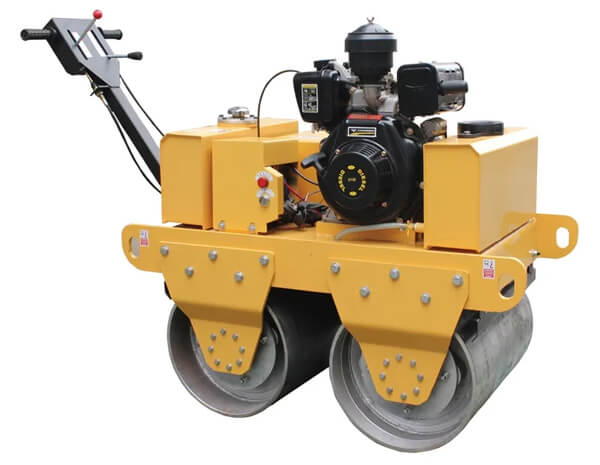
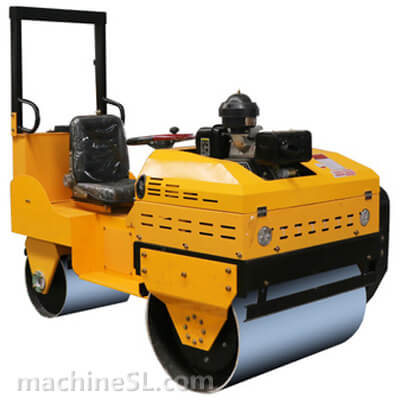
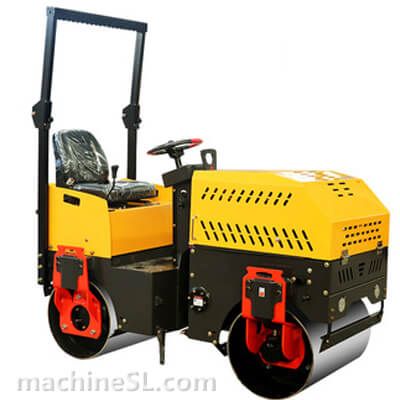
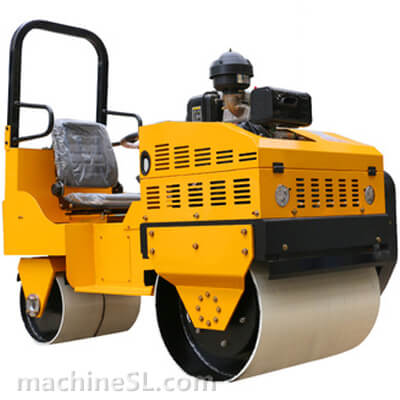
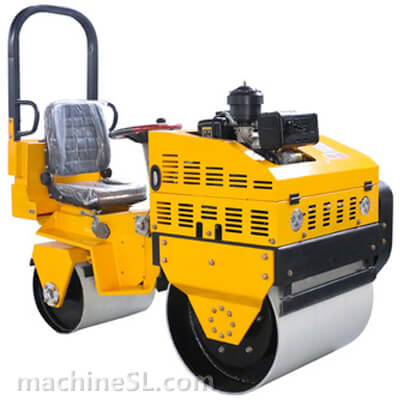
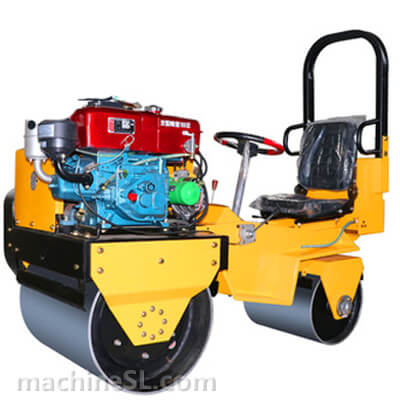
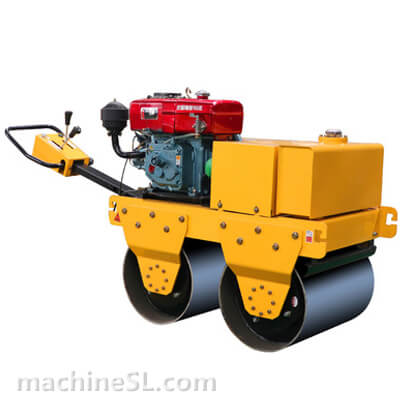
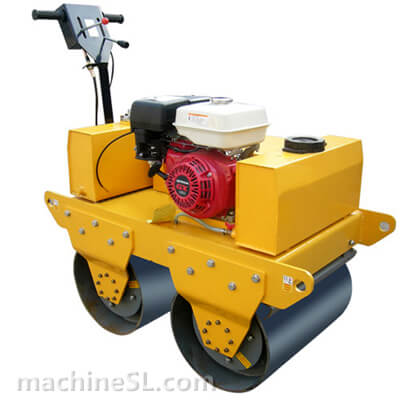
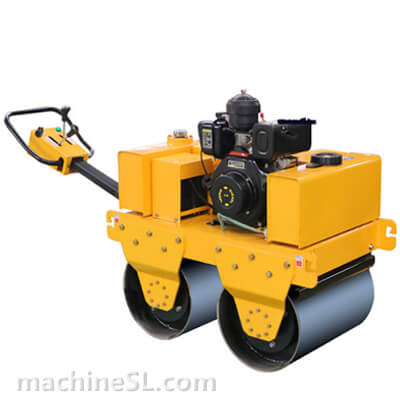
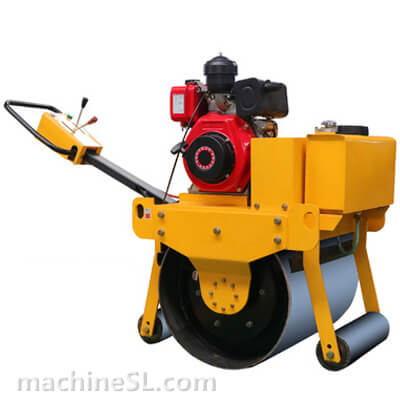
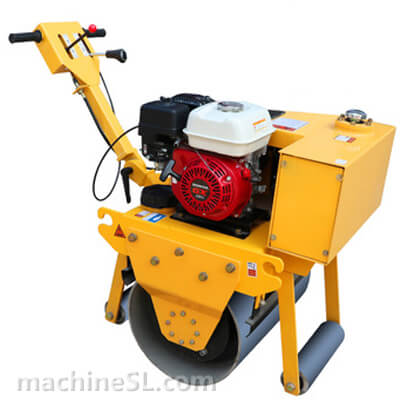
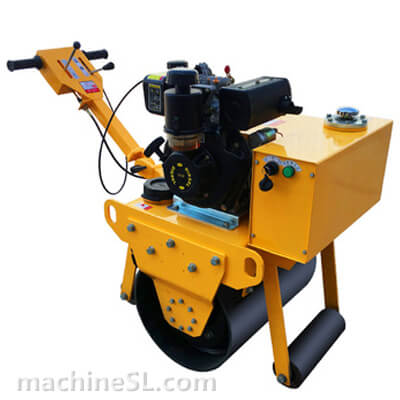
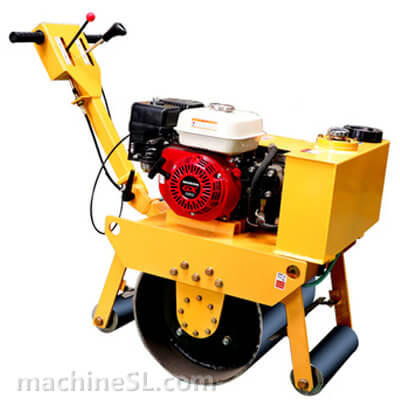
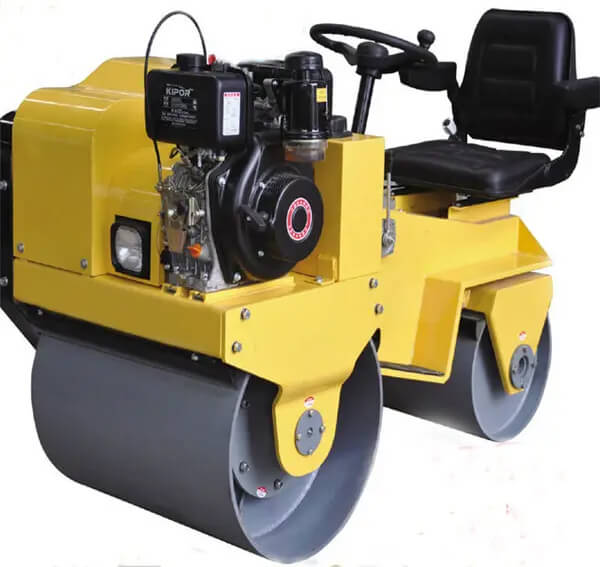
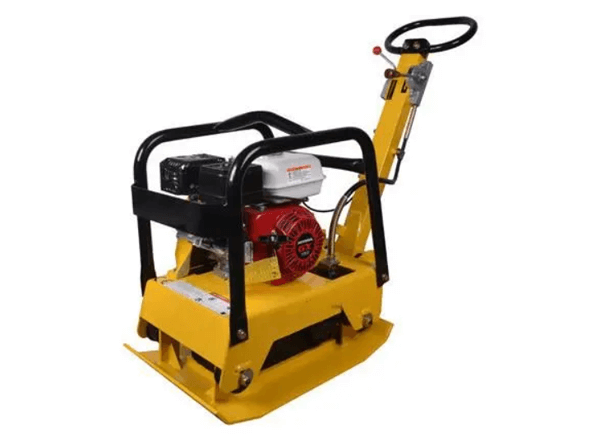
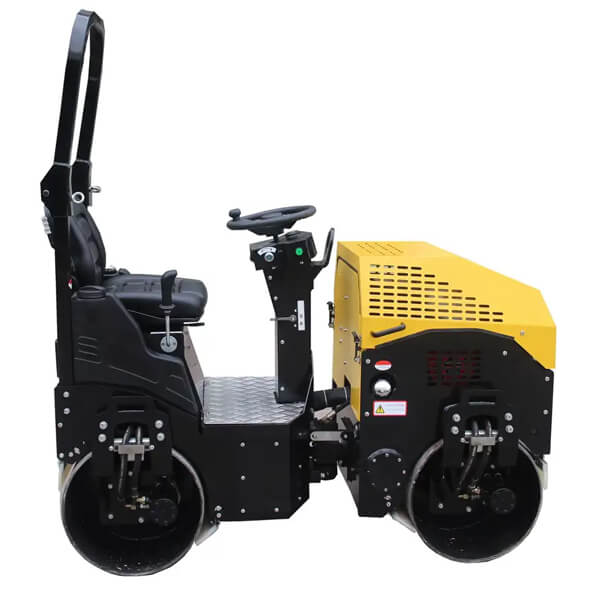
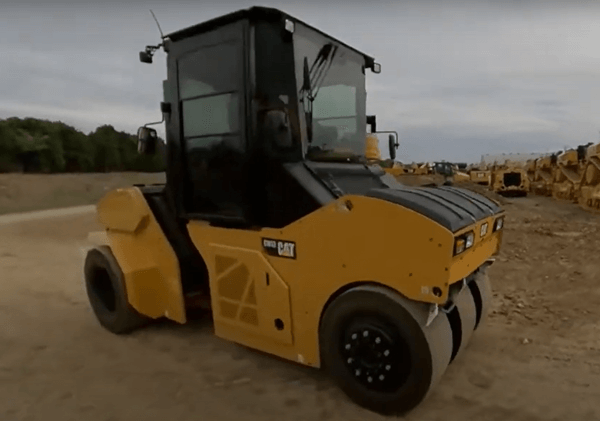
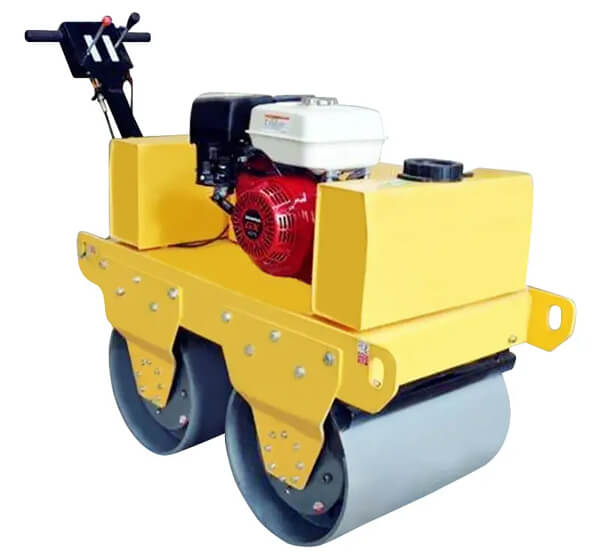
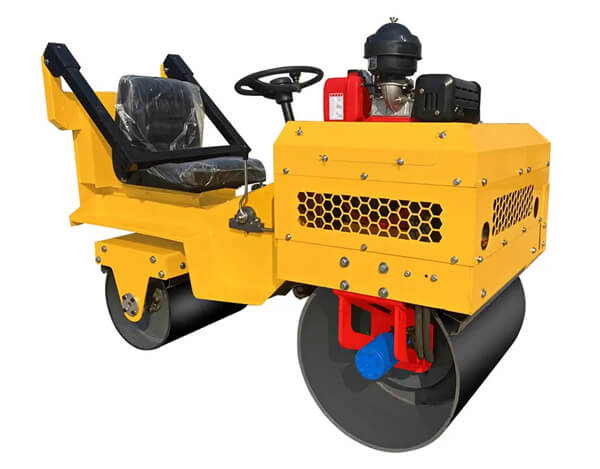
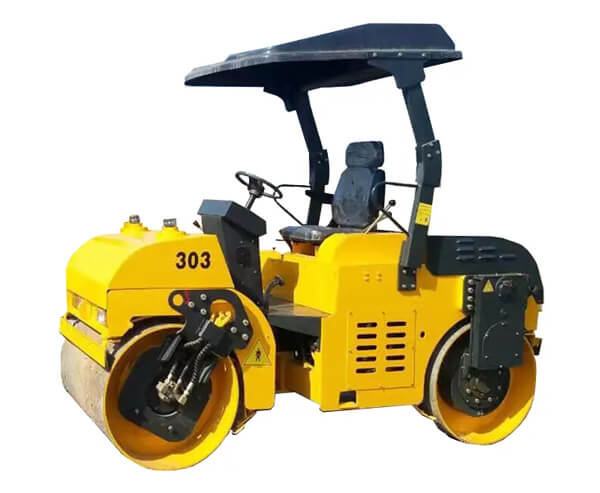
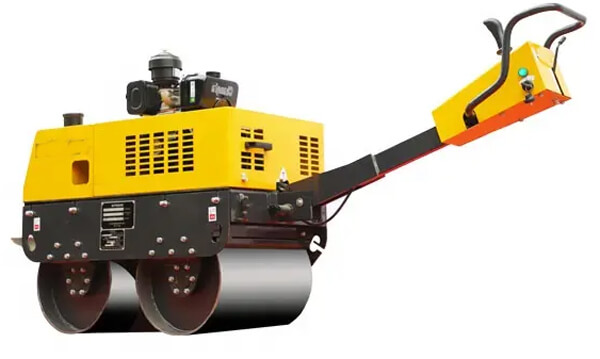
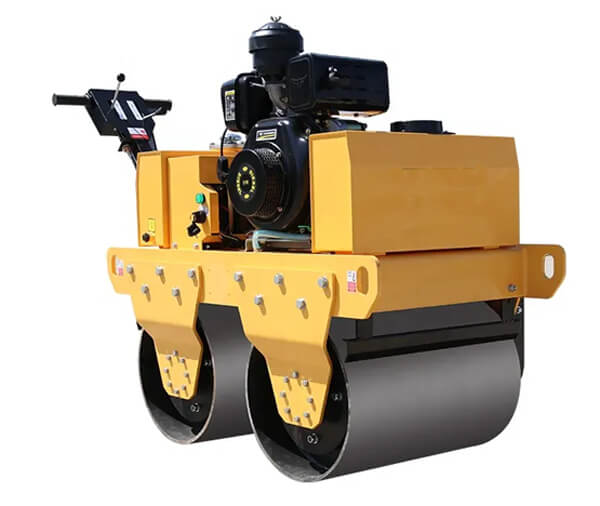
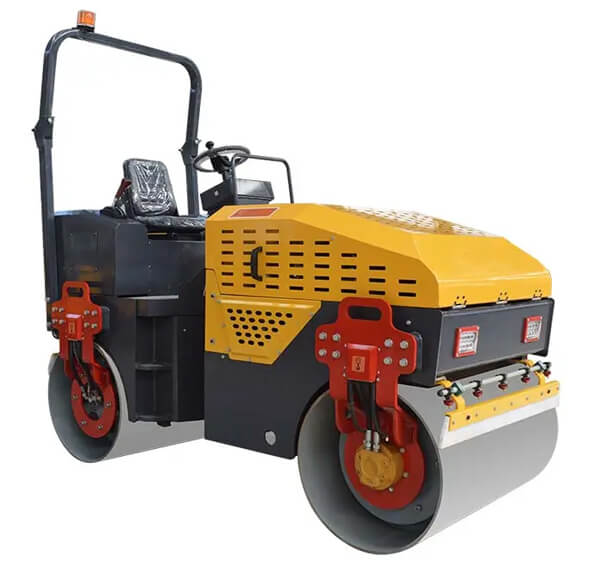
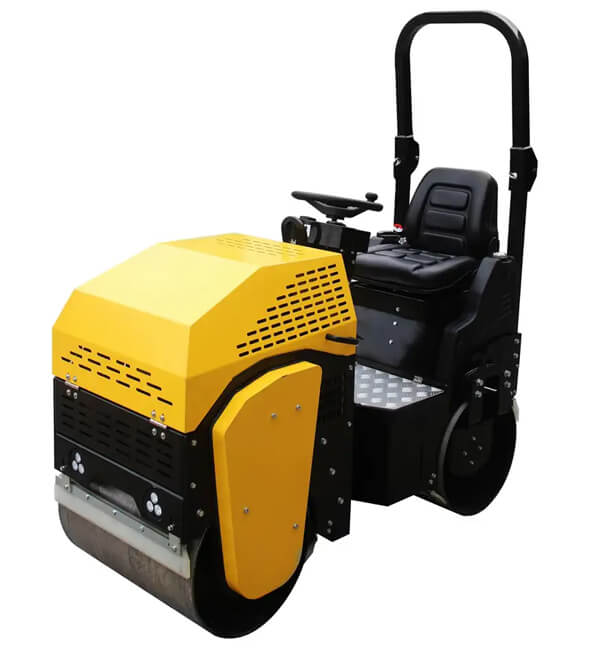
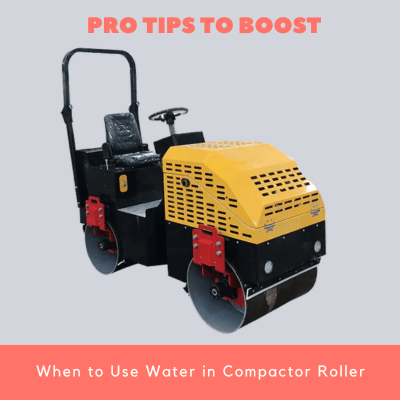
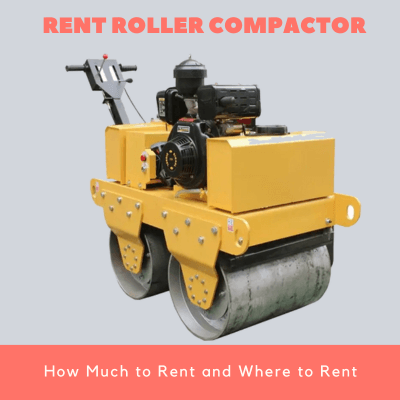
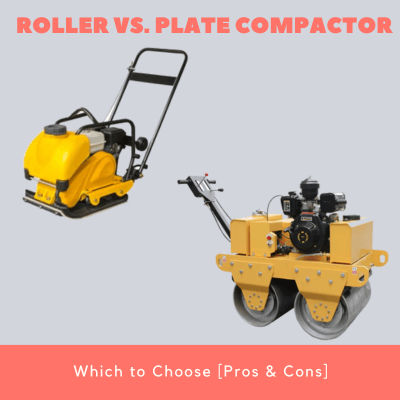
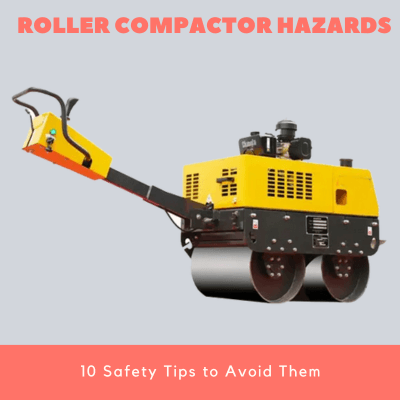
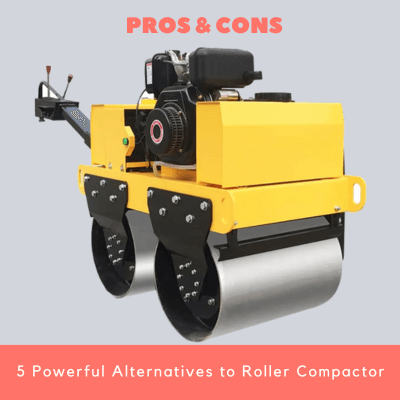
Leave A Comment